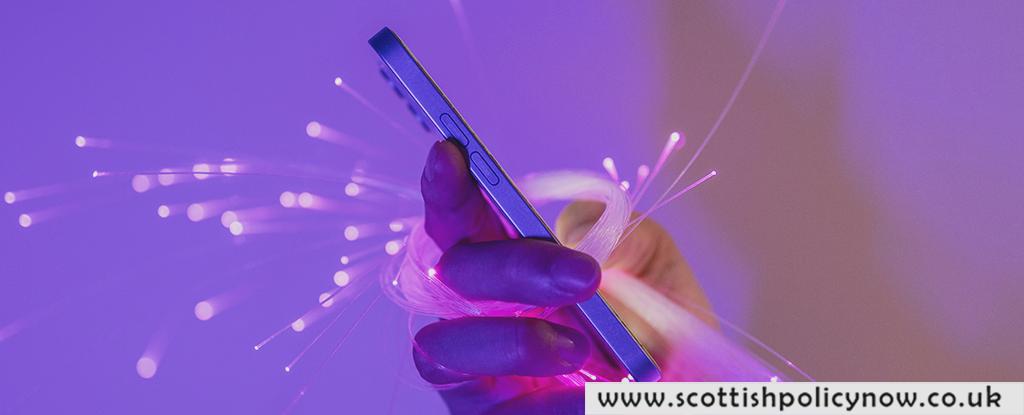Fifth-generation, or ‘5G’, connectivity for cellular networks has been standard for about five years. Yet with 6G looming, developers are exploring ways to fully leverage the next generation’s extensive bandwidth.
In Japan, a technology demonstration showcased a wireless device prototype achieving 100 Gbps data transfer rates, which is 10 times the peak speed of 5G and 500 times faster than the average 5G smartphone today.
To put this in perspective, a two-hour Netflix movie of medium quality, roughly 1.5 GB, could be transmitted in less than a second, allowing for eight or nine movies to be downloaded every second.

This breakthrough is the result of collective research and development efforts by Japan’s NTT, mobile operator DOCOMO, and electronics giants NEC and Fujitsu. The device utilizes very high-frequency bands between 100 GHz and 300 GHz, enabling it to transmit much more data than previous technologies.
Although still in development with limitations in range—the experiment maintained a stable connection up to 100 meters (328 feet)—it illustrates the potential shifts in transmitter and receiver technology needed as 6G infrastructure develops, relying heavily on such innovations.
It’s important to note that the demonstration used advanced, and currently expensive, equipment. However, as the technology evolves, both the size and cost of this equipment are expected to decrease.
For context, the maximum 10 Gbps speed of 5G is only achievable under ideal conditions with the most advanced hardware. Opensignal reports that the average 5G speed for T-Mobile users in the US, the leading 5G carrier, is currently about 186.3 Mbps.
Thus, 6G is poised to deliver substantially faster speeds, which could revolutionize applications from downloading high-resolution films to communication between autonomous vehicles, according to researchers.
Like 5G, 6G will also offer a significant increase in bandwidth, allowing more devices to connect simultaneously. If you’ve experienced lost phone signals at crowded events, you know the frustration of network congestion—something 6G aims to virtually eliminate.
In some scenarios, 6G could even make Wi-Fi largely unnecessary, a trend that 5G has already begun. There might no longer be a need to connect physical cables to homes or offices.
Broadly speaking, envision a future where numerous devices connect faster, equipped with more sensors and components capable of interfacing with the internet and each other. Nokia predicts 6G could hit the market by 2030.
Meanwhile, we continue to use the ‘new’ 5G networks, which may already seem slow in comparison to the potential of what’s on the horizon.








